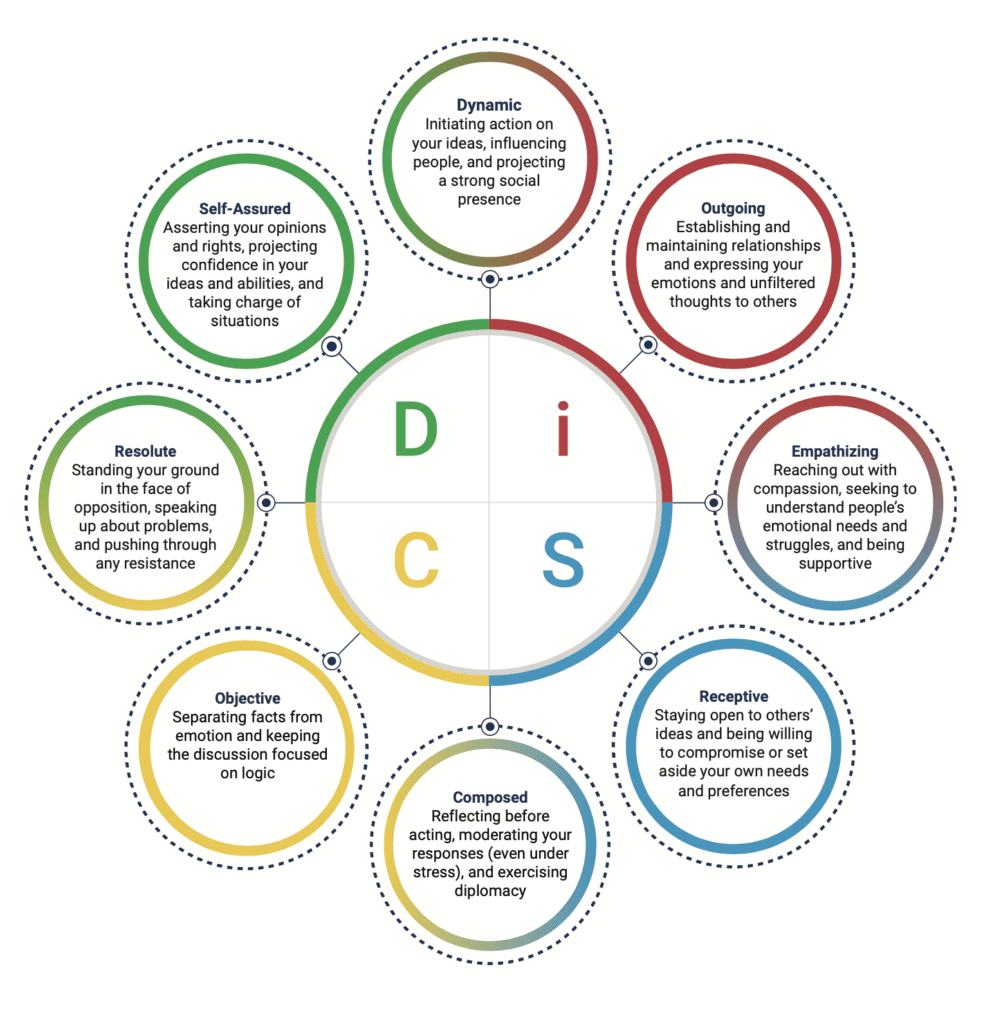Step 1: Determine Your Goal
The key is in knowing what you really want. If you are going to succeed in whatever’s important to you, you first need to know where you’re going. You must be specific, and you need to be able to see it. Write it down, and, while you are at it, add a “by when” date.
Here’s an example: I will lose 10 pounds by December 31.
Step 2: List Your Reasons
This is often the missing piece in both goal setting and discipline. You have to ask, Why is this goal important? What is at stake in my achieving it? You can list both the positive reasons and the negative.
Examples:
- I want more energy.
- I want to lower my cholesterol.
- I don’t want to put myself at risk for heart disease.
- I want to look more trim, especially on video.
Step 3: Identify Likely Obstacles
As soon as you start swimming against the current, you will start feeling resistance. It’s as if the universe is testing you to see how serious you are about succeeding. That’s why you have to anticipate these obstacles and build strategies to overcome them.
Examples:
- Obstacle: Mindlessly eating what I always eat for lunch.
Strategy: Plan my lunch before I leave the house—where and what I will eat.
- Obstacle: Inability to work out on the road.
Strategy: Make sure the hotel has a workout room before I book it. Also, pack my workout clothes and shoes.
- Obstacle: Eating more calories than I intend.
Strategy: Record everything I eat. What gets measured improves.
Researchers call these strategies implementation intentions. And they work.
Step 4: Develop New Behaviors
This is where you should focus. What are the positive, new behaviors you want to develop to replace the old, negative behaviors? It’s not enough to decide not to eat junk food, for example. You’re going to want to snack on something. So what are you going to do about it?
Examples:
- Drink 2.5 liters of water a day to stay hydrated.
- Eat healthy snacks, like raw almonds, celery, carrots, and so on.
Step 5: Stay Focused
Read your goals daily, review your reasons why, anticipate obstacles, and work on your new behaviors. If you get off track, don’t beat yourself up. Sometimes it’s three steps forward and two steps back. The trick is to shake it off and re-lock on your goal.
You might also consider changing your strategy to get there.
Examples:
- If I injure my ankle and can’t run, I could switch to swimming.
- If I can’t get traction on my own, I’ll research and hire a personal trainer.
Discipline is not really about willpower so much as focusing on what you really want. If you get clear on that, it suddenly becomes much easier.
|




